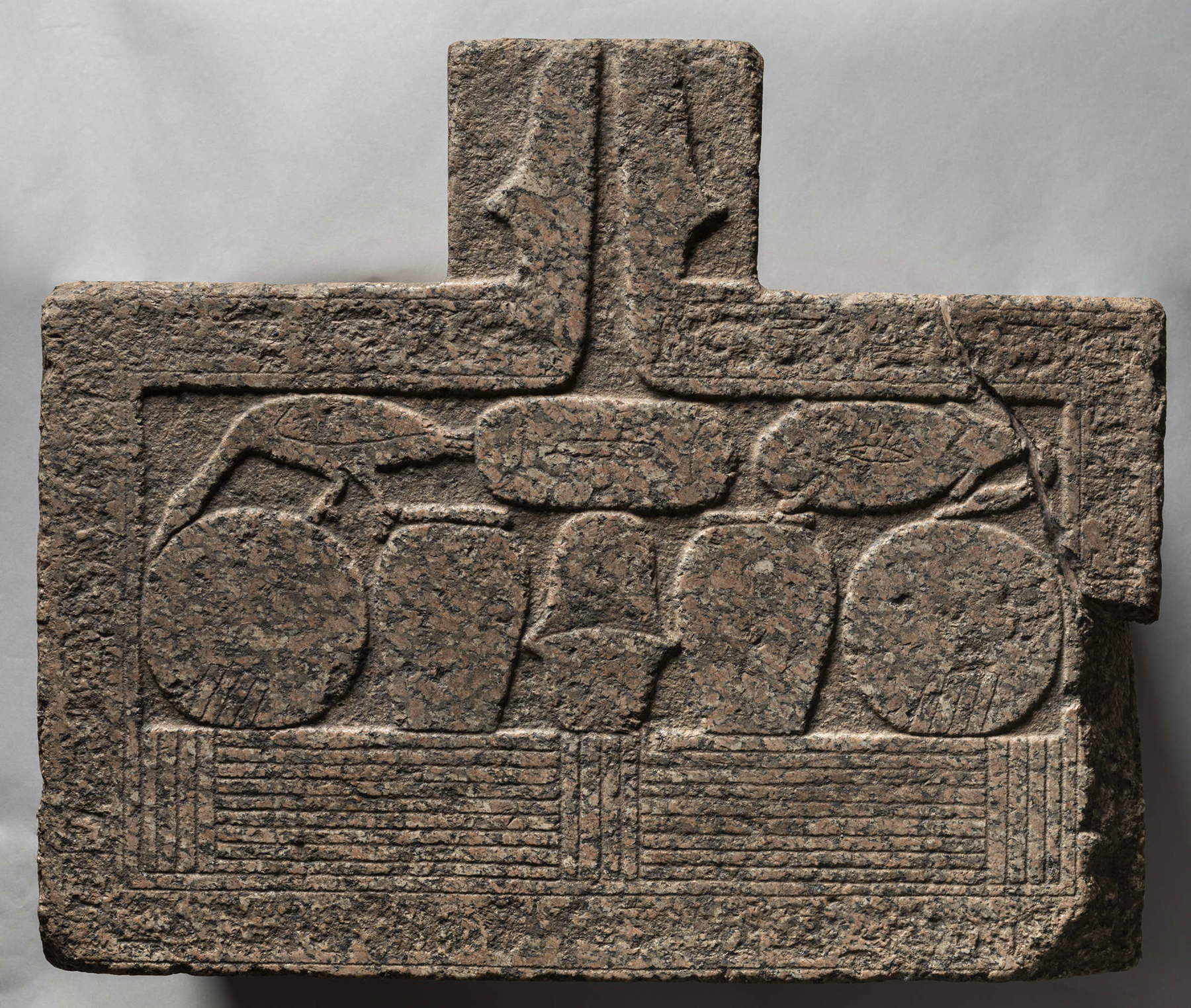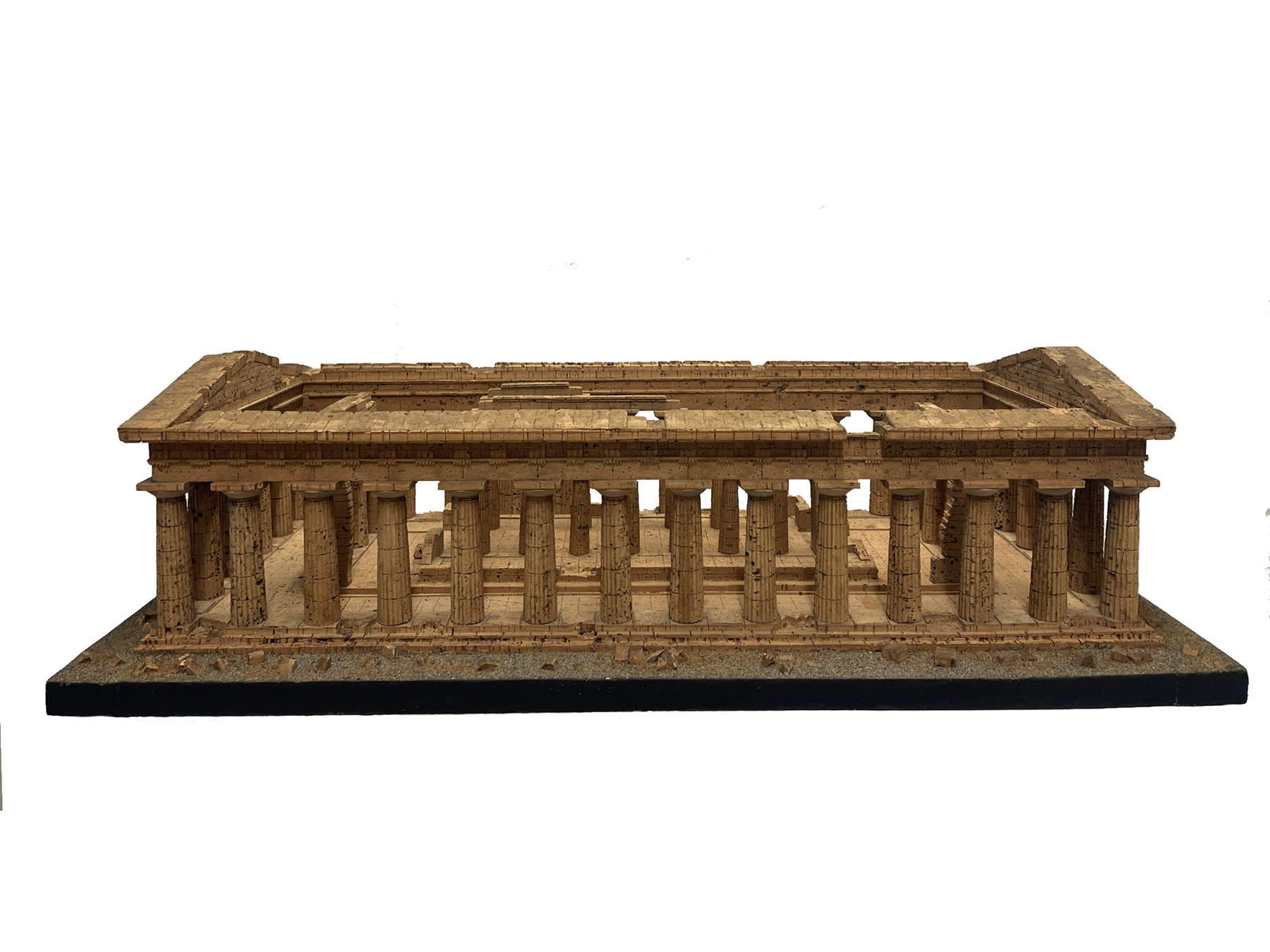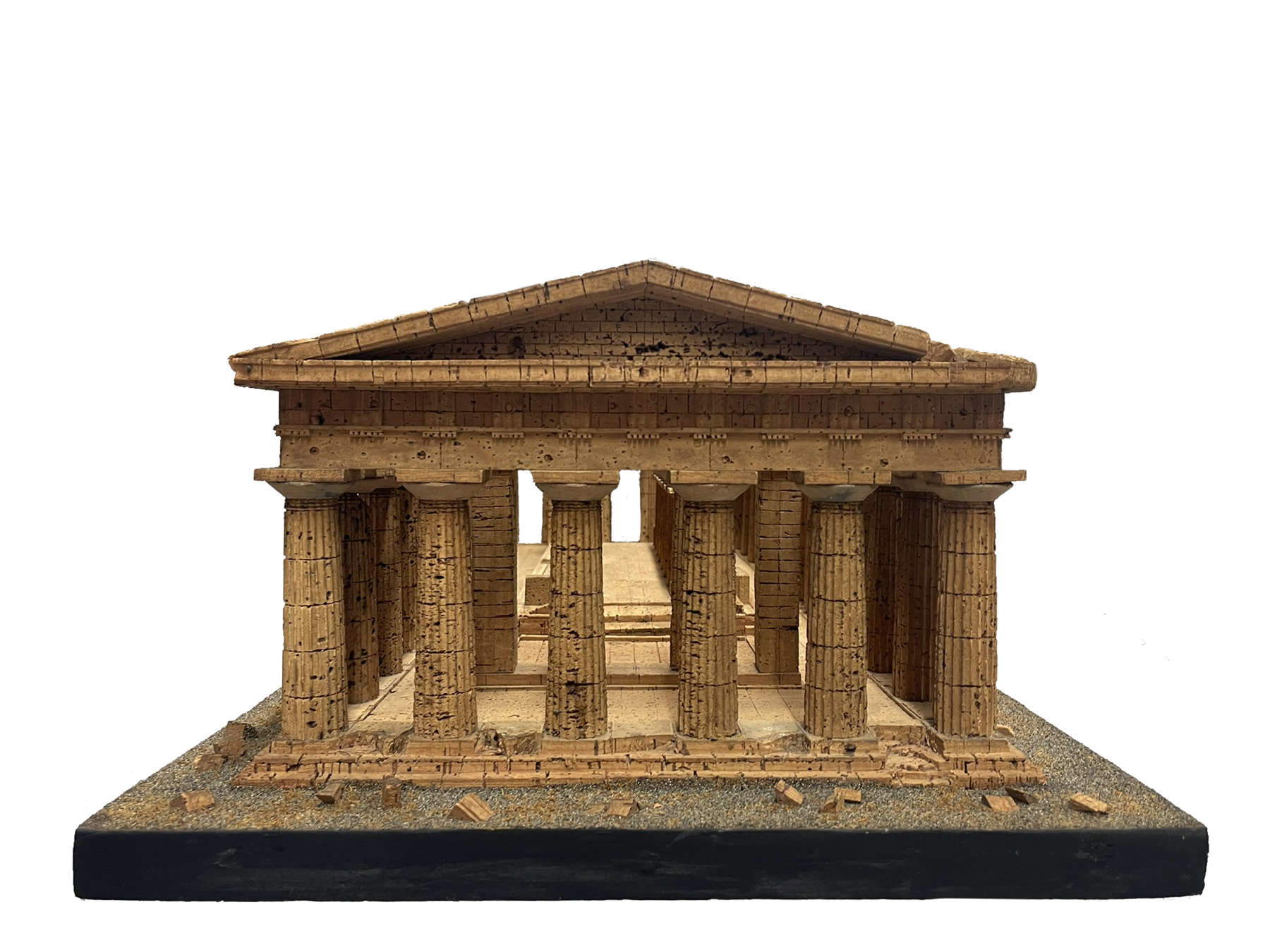From December 14, 2024 to March 2, 2025, the Castle of Agliè, in the province of Turin, will host the exhibition Keepers of the Ancient. Egyptian Works and Other Treasures at Agliè Castle during World War II, an event that brings to light an extraordinary history of cultural preservation. Curated by Alessandra Gallo Orsi and Elisabetta Silvello, with the scientific coordination of Filippo Masino, the exhibition is organized in collaboration with the Egyptian Museum, the Soprintendenza Archeologia, Belle Arti e Paesaggio of Turin and the Nucleo Carabinieri Tutela Patrimonio Culturale, and is designed to celebrate the bicentenary of the founding of the Egyptian Museum of Turin.
The exhibition evokes the events of World War II: during the conflict, Agliè Castle was in fact chosen as a place of shelter and protection for the artistic heritage preserved in Turin’s museums. This circumstance was crucial: in fact, it allowed many works, many of them fulcrum of Turin’s cultural identity, to escape the risks of the conflict, namely bombings, looting, and destruction.

During World War II, Agliè Castle became a bastion for the protection of Piedmont’s artistic heritage. Beginning in 1943, its rooms housed works from museums, churches, and institutions in Turin, including the Galleria Sabauda, the Pinacoteca Albertina, the Royal Palace, and, most importantly, the Egyptian Museum. Paintings, tapestries, documents, furniture, and 302 crates containing the Turin museum’s most precious artifacts, classified as “unique or very rare,” were transferred here.
This momentous event, which has long remained little known to the general public, represented an example of extraordinary planning and collaboration to preserve a priceless cultural heritage from the risks of conflict. Plans for the rescue of the works had been prepared as early as the years of World War I (1915-1918) and were fine-tuned precisely at the time of World War II.



The exhibition, set up in the historic rooms of the Castle, opens with the video Custody. Protecting Cultural Heritage from World War II to Today. The projection narrates historical events related to the protection of Italy’s heritage, from the safeguard plans drawn up during World War I to the contemporary actions of the Carabinieri Command for the Protection of Cultural Heritage. Prominent among the images offered are historical footage from the Luce Archives and documents testifying to Agliè’s role as a refuge for Piedmont’s artistic treasures.
The exhibition tour continues with two main sections. The first, Agliè and the Heritage of the Egyptian Museum, celebrates the link between the Castle and the artifacts transported from the Turin coffers. An evocative layout reproduces the atmosphere of those days, displaying some works from the Egyptian Museum, including objects related to the grave goods from the tomb of Kha and Merit, long kept in Agliè. The second section, The Passion for Antiquity of Charles Felix and Maria Christina, is devoted to the Savoy rulers’ interest in archaeology. In 1823 Charles Felix purchased the first artifacts from the Egyptian Museum and had numerous archaeological artifacts transferred to the Castle, creating the Tuscolana Room, a true “museum within a museum.”
Agliè Castle’s experience during the conflict is part of a larger context, that of international efforts to protect art and culture from wartime devastation. In Italy, as early as late 1942, operations to secure movable works intensified, taking advantage of peripheral and relatively safe locations such as Agliè. These episodes, made famous by the film Monuments Men, recount not only the destruction, but also the courage of men and women who saved priceless treasures.
The exhibition concludes with a contemporary reflection on the value of cultural heritage. The work of the Italian Task Force “Unite4Heritage,” established in 2016 and renamed the Blue Helmets of Culture in 2022, is explored. This contingent, unique in the world, works to protect art in crisis contexts, consolidating a tradition of safeguarding that began in wartime. Indeed, works of art do not stop running risks even today: just think of the destruction wrought in the Middle East by Isis, with the destruction of millennia-old masterpieces, the looting of the Baghdad museum and the brutal murder of archaeologist Khaled al-Asaad, director of the Palmyra archaeological site in Syria.
In addition to the exhibition, the program includes educational activities for primary and secondary schools aimed at raising awareness of the importance of cultural heritage protection among the younger generation. The project involves the Carabinieri Nucleo Tutela Patrimonio Culturale of Turin, and will culminate in a final conference, organized in collaboration with the University of Turin, to discuss the issue of protecting artistic and cultural heritage.







Keepers of the Ancient is not just an exhibition, but an invitation to reflect on the importance of preserving art and history as a common legacy for future generations. From historical episodes such as those experienced in Agliè, an awareness emerges: cultural heritage is not just a collection of works, but a fundamental element of our sense of identity.
The exhibition will be open during the Castle’s opening hours until March 2, 2025. This is an important appointment for those who wish to learn about a fascinating chapter in Italian history and discover Agliè’s crucial role in protecting the national artistic heritage. Visiting hours: Mondays, Wednesdays, Thursdays, Fridays, Saturdays and Sundays from 9 a.m. to 1 p.m. and 2 p.m. to 6 p.m., last entry one hour before. Closed on Tuesdays. Tickets: full 8 euros, reduced 2 euros from 18 to 25 years old; free for under 18; free for teachers of Italian public and private paritarian schools with presentation of certification of their teaching status; students of the faculties of Architecture, Letters and Philosophy; holders of Abbonamento Musei, Torino+Piemonte Card; Royal Pass; MiC staff; ICOM members; journalists with professional cards; people with disabilities and accompanying persons.
 |
| Egyptian Museum treasures saved from World War II are on display at Agliè Castle |
Warning: the translation into English of the original Italian article was created using automatic tools. We undertake to review all articles, but we do not guarantee the total absence of inaccuracies in the translation due to the program. You can find the original by clicking on the ITA button. If you find any mistake,please contact us.